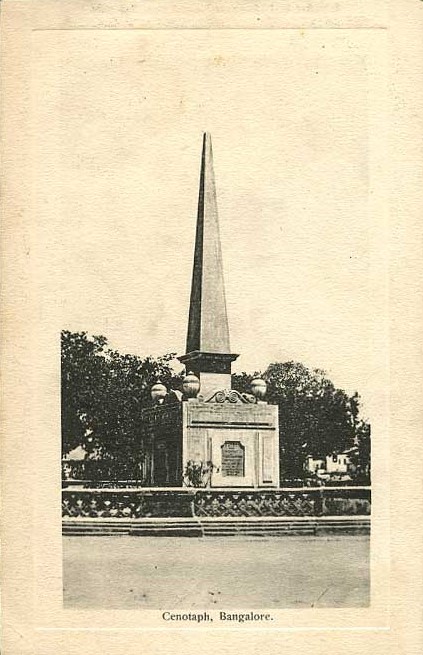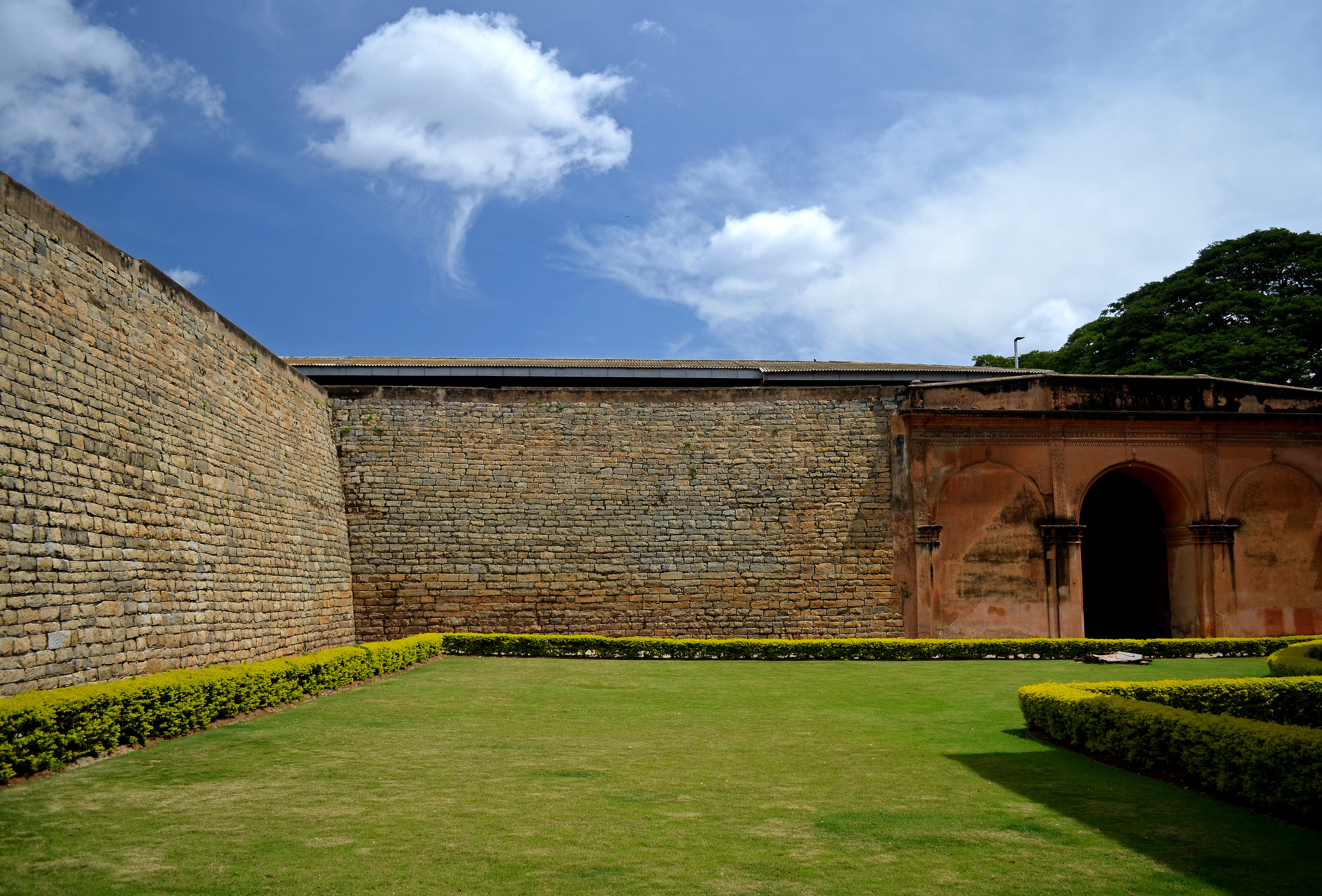|
Vatal Nagaraj
Vatal Madappa Nagaraj is an Indian politician who was the Member of the Karnataka Legislative Assembly from Chamarajnagar. He is the founder and president of the Kannada Chaluvali Vatal Paksha. In 1964 he led a two-month agitation demanding the destruction of a 150-year-old British Raj era cenotaph pillar marking the deaths of soldiers at the Siege of Bangalore in 1791. In October of that year the cenotaph was dismantled by the Bangalore City Corporation and a statue of Kempe Gowda now stands in its place. Nagaraj served in the Karnataka Legislative Assembly until being defeated by C Guru Swamy in 2004. He protested in 2017 against the comments of a famous South Indian actor Sathyaraj during the Cauvery Protest by Tamil Nadu Actors Association against Karnataka. The protest was called off latter. In 2018 he started a new agitation on January 25 for water sharing from Mandovi River The Mahadayi/Mandovi River (''Mandovi'', pronounced ), also known as Mahadayi or Mhadei ... [...More Info...] [...Related Items...] OR: [Wikipedia] [Google] [Baidu] |
Karnataka Legislative Assembly
The Karnataka Legislative Assembly is the lower house of the bicameral legislature of the Indian state of Karnataka. Karnataka is one of the six states in India where the state legislature is bicameral, comprising two houses. The two houses are the ''Vidhan Sabha'' (lower house) and the ''Vidhan Parishad'' (upper house). The members of the Legislative Assembly are directly elected by people through adult franchise. There are 224 members of the ''Legislative Assembly'' of Karnataka. Karnataka is divided into 224 constituencies used to elect the Legislative assembly members. Each constituency elects one member of the assembly. Members are popularly known as MLAs. The assembly is elected using the simple plurality or "first past the post" electoral system. The elections are conducted by the Election Commission of India. The normal term of the members lasts for five years. In case of death, resignation, or disqualification of a member, a by-election is conducted for constitu ... [...More Info...] [...Related Items...] OR: [Wikipedia] [Google] [Baidu] |
Kannada Chalavali Vatal Paksha
The Kannada Chalavali Vatal Paksha, which the literally means, Kannada Movement Vatal Party and abbreviated as the, KCVP, is an Indian state political party in the Karnataka. this party led by Vatal Nagaraj Vatal Madappa Nagaraj is an Indian politician who was the Member of the Karnataka Legislative Assembly from Chamarajnagar. He is the founder and president of the Kannada Chaluvali Vatal Paksha. In 1964 he led a two-month agitation demanding t .... References Registered unrecognised political parties in India {{Karnataka-stub ... [...More Info...] [...Related Items...] OR: [Wikipedia] [Google] [Baidu] |
Chamarajanagar District
Chamarajanagar or Chamarajanagara is the southernmost district in the state of Karnataka, India. It was carved out of the original larger Mysore District in 1998. Chamarajanagar town is the headquarters of this district. It is the third least populous district in Karnataka (out of 30), after Kodagu and Bangalore Rural. History Chamarajanagar was earlier known as Sri Arikottara. Chamaraja Wodeyar, the Wodeyar of Mysuru was born here and hence this place was renamed after him. The Vijaya Parsvanath Basadi, a holy Jain shrine was constructed by Punisadandanayaka, the commander of the Hoysala king Gangaraja in the year 1117 AD. Geography Being the southernmost district of Karnataka, Chamarajanagar district borders the state of Tamil Nadu and Kerala. Specifically, it borders Mysore district of Karnataka to the west and north, Mandya and Ramanagara districts of Karnataka to the north-east, Dharmapuri and Krishnagiri districts of Tamil Nadu to the east, Salem to south-east, Erode ... [...More Info...] [...Related Items...] OR: [Wikipedia] [Google] [Baidu] |
Kannada Chaluvali Vatal Paksha
The Kannada Chalavali Vatal Paksha, which the literally means, Kannada Movement Vatal Party and abbreviated as the, KCVP, is an Indian state political party in the Karnataka. this party led by Vatal Nagaraj. References Registered unrecognised political parties in India {{Karnataka-stub ... [...More Info...] [...Related Items...] OR: [Wikipedia] [Google] [Baidu] |
The Hindu
''The Hindu'' is an Indian English-language daily newspaper owned by The Hindu Group, headquartered in Chennai, Tamil Nadu. It began as a weekly in 1878 and became a daily in 1889. It is one of the Indian newspapers of record and the second most circulated English-language newspaper in India, after '' The Times of India''. , ''The Hindu'' is published from 21 locations across 11 states of India. ''The Hindu'' has been a family-owned newspaper since 1905, when it was purchased by S. Kasturi Ranga Iyengar from the original founders. It is now jointly owned by Iyengar's descendants, referred to as the "Kasturi family", who serve as the directors of the holding company. The current chairperson of the group is Malini Parthasarathy, a great-granddaughter of Iyengar. Except for a period of about two years, when S. Varadarajan held the editorship of the newspaper, the editorial positions of the paper were always held by members of the family or held under their direction. Histo ... [...More Info...] [...Related Items...] OR: [Wikipedia] [Google] [Baidu] |
British Raj
The British Raj (; from Hindi ''rāj'': kingdom, realm, state, or empire) was the rule of the British Crown on the Indian subcontinent; * * it is also called Crown rule in India, * * * * or Direct rule in India, * Quote: "Mill, who was himself employed by the British East India company from the age of seventeen until the British government assumed direct rule over India in 1858." * * and lasted from 1858 to 1947. * * The region under British control was commonly called India in contemporaneous usage and included areas directly administered by the United Kingdom, which were collectively called British India, and areas ruled by indigenous rulers, but under British paramountcy, called the princely states. The region was sometimes called the Indian Empire, though not officially. As ''India'', it was a founding member of the League of Nations, a participating nation in the Summer Olympics in 1900, 1920, 1928, 1932, and 1936, and a founding member of the United Nations in San F ... [...More Info...] [...Related Items...] OR: [Wikipedia] [Google] [Baidu] |
Siege Of Bangalore
The siege of Bangalore was a siege of the town and fortifications of Bangalore during the Third Anglo-Mysore War by forces of the British East India Company, led by Charles, Earl Cornwallis against a Mysorean garrison, while Tipu Sultan, Mysore's ruler, harried the camps and positions of the besiegers. Arriving before the town on 5 February 1791, Cornwallis captured the town by assault on 7 February, and after six weeks of siege, stormed the fortress on 21 March. Background The Bangalore fort was described as follows, in about 1791: The Siege Tipu Sultan followed Cornwallis' army, placing him in the awkward position of having an undefeated enemy army at his back while besieging the a strong fortification. Tipu kept away hoping to take assault when underway in flank. Over the next twelve days, two companies of the Madras Pioneers provided sappers for eight batteries, dug several parallels and a trench up to the fort ditch. Captain Kyd, of the Bengal Engineers then managed ... [...More Info...] [...Related Items...] OR: [Wikipedia] [Google] [Baidu] |
Bangalore City Corporation
The Bruhat Bengaluru Mahanagara Palike (BBMP) is the administrative body responsible for civic amenities and some infrastructural assets of the Greater Bengaluru metropolitan area. It is the fourth largest Municipal Corporation in India and is responsible for a population of 8.4 million in an area of 741 km2. Its boundaries have expanded more than 10 times over the last six decades. Its roles and responsibilities include the "orderly development of the city" — zoning and building regulations, health, hygiene, licensing, trade and education, as well as quality of life issues such as public open space, water bodies, parks and greenery. The BBMP represents the third level of government (the Central Government and State Government being the first two levels). BBMP is run by a city council composed of elected representatives, called "corporators", one from each of the wards (localities) of the city. The elections to the council are held once every five years, wi ... [...More Info...] [...Related Items...] OR: [Wikipedia] [Google] [Baidu] |
Kempe Gowda
Kempe Gowda I, locally venerated as Nadaprabhu Kempe Gowda, or commonly known as Kempe Gowda, was a chieftain under the Vijayanagara Empire in early-modern India. He is famous for founding the present-day southern Indian city of Bangalore. Early life Kempe Gowda was born in the Yelahanka suburb of Bangalore in the Morasu Vokkaliga community to Kempananje Gowda, the ruler of Yelhanka for more than 70 years. The Morasu Vokkaligas were Vijayanagara vassals at Yelahanka and belonged to the Gowda community. The community is said to have moved from Kanchi, Tamil Nadu, to Karnataka in the early fifteenth century and served under the Vijayanagara Empire. However, according to other sources, they were originally from Karnataka and were a Kannada-speaking community, although well-versed in Telugu. Kempe Gowda, who is reputed to have shown leadership skills during his childhood, was educated for nine years at a gurukula in Aivarukandapura (or Aigondapura), a village near Hesaraghatta ... [...More Info...] [...Related Items...] OR: [Wikipedia] [Google] [Baidu] |
C Guru Swamy
C, or c, is the third letter in the Latin alphabet, used in the modern English alphabet, the alphabets of other western European languages and others worldwide. Its name in English is ''cee'' (pronounced ), plural ''cees''. History "C" comes from the same letter as "G". The Semites named it gimel. The sign is possibly adapted from an Egyptian hieroglyph for a staff sling, which may have been the meaning of the name ''gimel''. Another possibility is that it depicted a camel, the Semitic name for which was ''gamal''. Barry B. Powell, a specialist in the history of writing, states "It is hard to imagine how gimel = "camel" can be derived from the picture of a camel (it may show his hump, or his head and neck!)". In the Etruscan language, plosive consonants had no contrastive voicing, so the Greek ' Γ' (Gamma) was adopted into the Etruscan alphabet to represent . Already in the Western Greek alphabet, Gamma first took a '' form in Early Etruscan, then '' in Classical Etru ... [...More Info...] [...Related Items...] OR: [Wikipedia] [Google] [Baidu] |
Sathyaraj
Rangaraj Subbiah (born 3 October 1954), professionally known as Sathyaraj, is an Indian actor, producer, director and a media personality who has predominantly appeares in Tamil cinema and Telugu cinema, Telugu Cinema. His 240 films also include works in Malayalam, Kannada and Hindi. He started his career in antagonistic roles and later played lead roles. He met with success through lead performances in ''Vedham Pudhithu'' (1987), ''Nadigan'' (1990), ''Amaidhi Padai'' (1994), ''Periyar (2007 film), Periyar'' (2007) and ''Onbadhu Roobai Nottu'' (2007). He also received acclaim for supporting roles in ''Nanban (2012 film), Nanban'' (2012), Mirchi (film), ''Mirchi'' (2013), ''Raja Rani (2013 film), Raja Rani'' (2013), ''Baahubali: The Beginning, Baahubali'' (2015), ''Baahubali 2: The Conclusion, Baahubali 2'' (2017), ''Kanaa (film), Kanaa'' (2018), and Jersey (2019 film), ''Jersey'' (2019). He was also the director of the film ''Villadhi Villain'' (1995), starring himself in three ... [...More Info...] [...Related Items...] OR: [Wikipedia] [Google] [Baidu] |





.jpg)